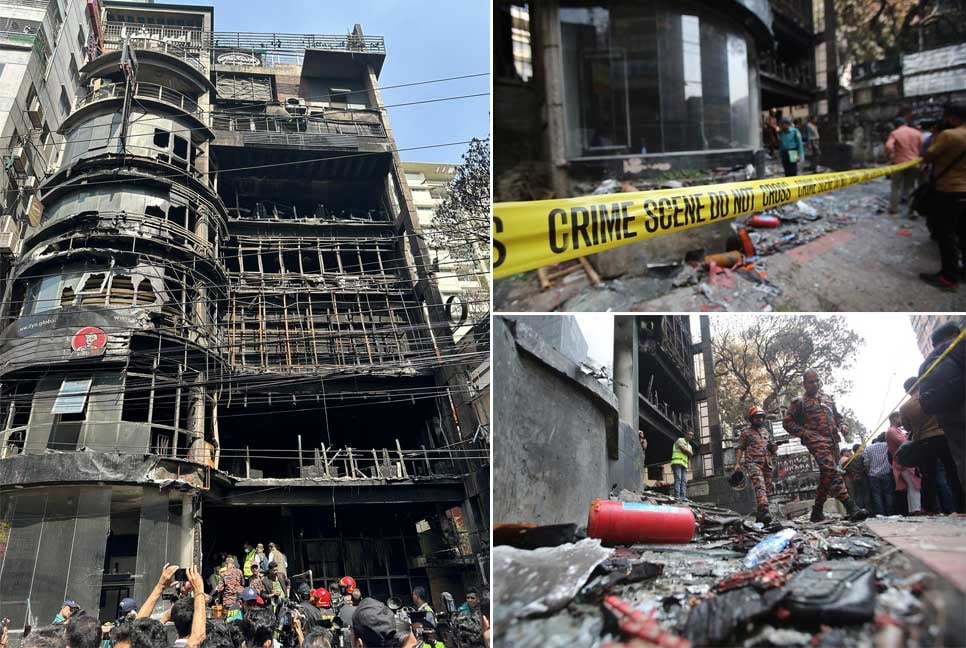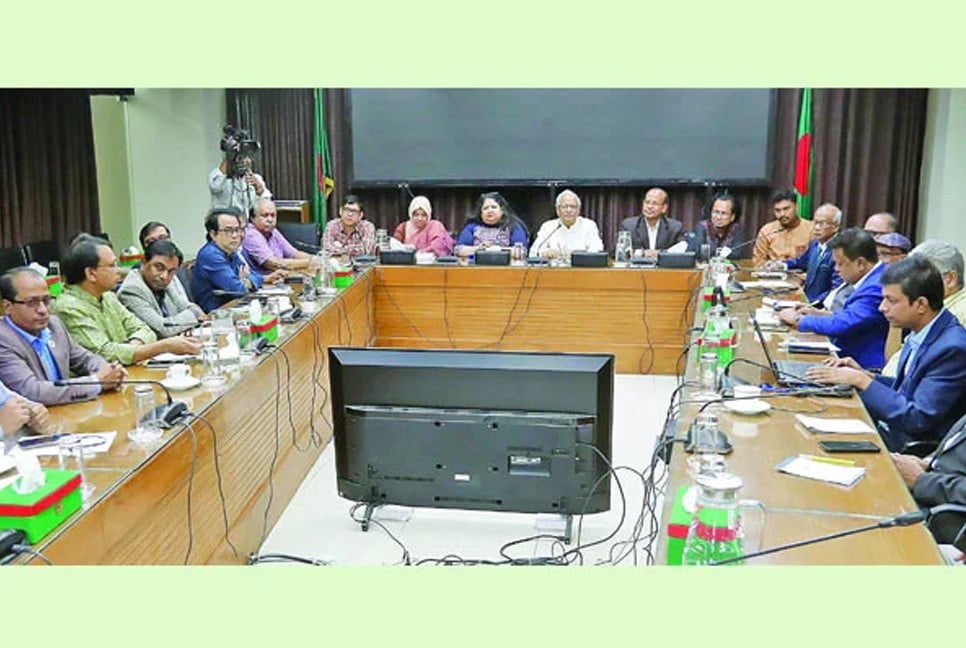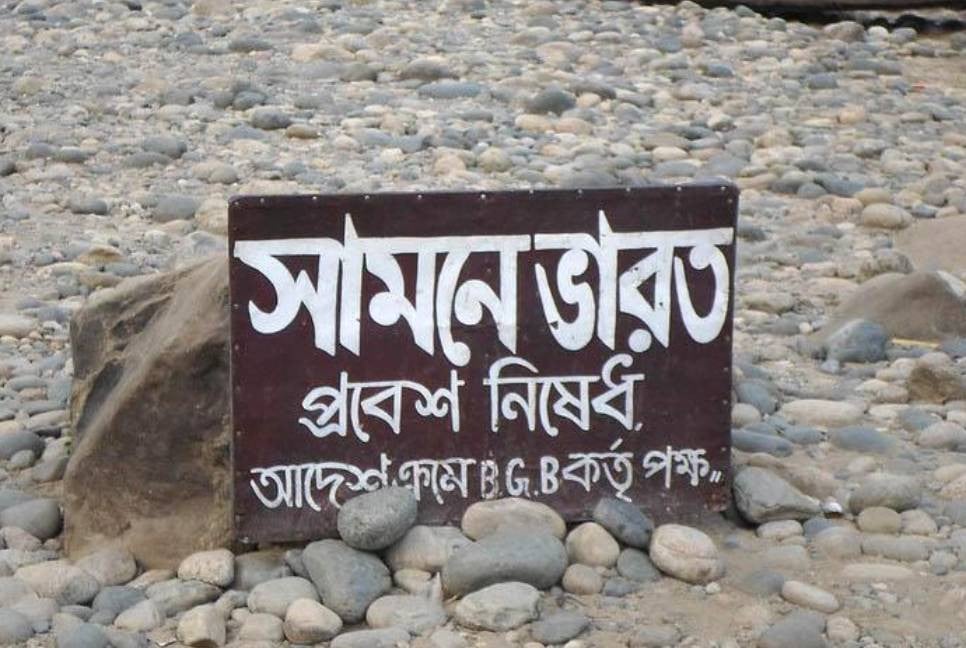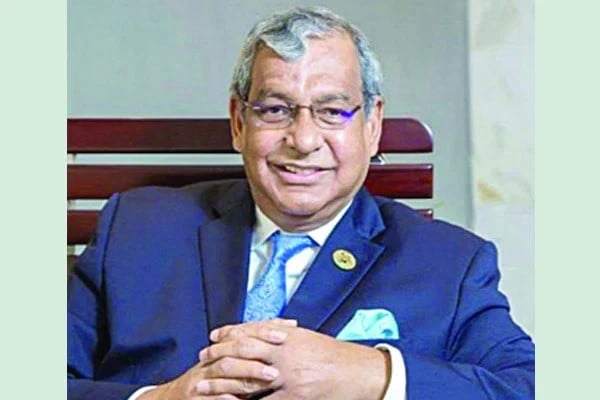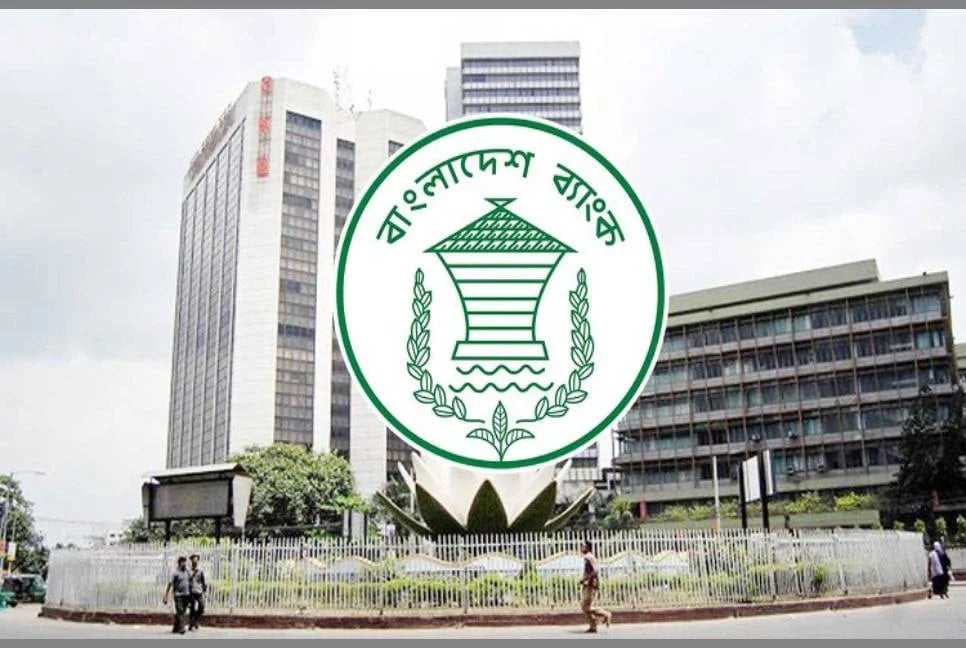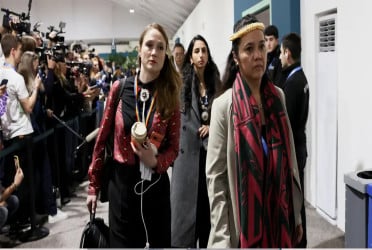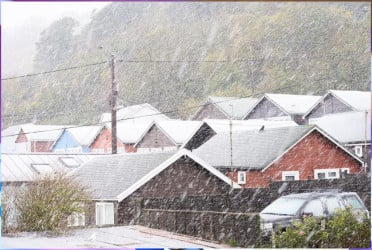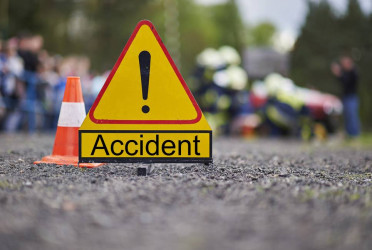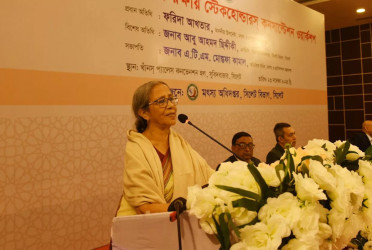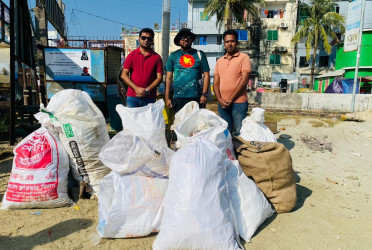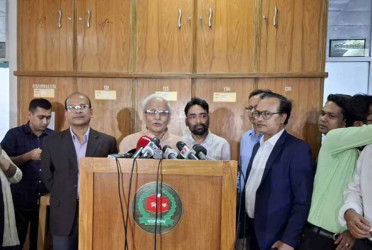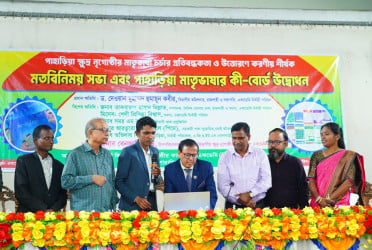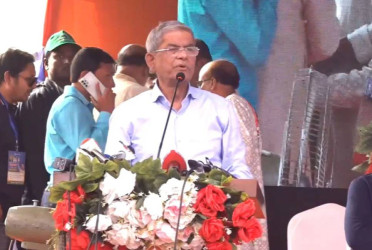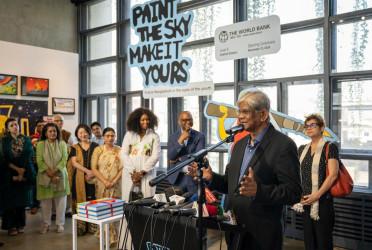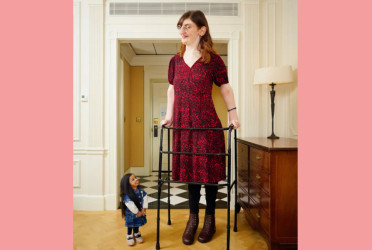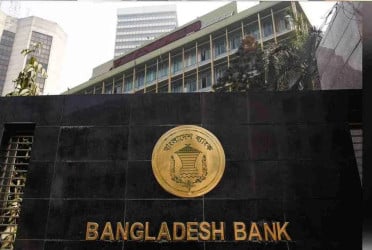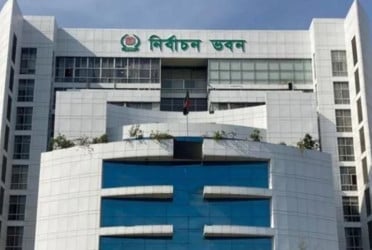A significant number of buildings in Dhaka, the capital of Bangladesh, have been constructed without adhering to the regulations set forth by the Rajdhani Unnayan Kartipakkha (RAJUK) and the Fire Service, creating perilous conditions for occupants.
These buildings lack essential fire safety measures such as fire alarm systems, adequate water and firefighting systems, and sufficient emergency exits. Furthermore, many staircases are either insufficient or blocked, with shops and warehouses encroaching upon these vital escape routes.
Compounding the issue, commercial establishments, including restaurants, are often situated on rooftops without proper safety provisions, turning these buildings into potential death traps.
Numerous multi-story commercial buildings scattered across residential and commercial areas like Uttara, Banani, Gulshan, Nikunj, Dhanmondi, Baridhara, and Paltan have been erected without adhering to RAJUK and Fire Service guidelines, exacerbating the risk of fire-related incidents. The absence of fire exits and the conversion of staircases into commercial spaces further exacerbate the safety concerns.
Moreover, the practice of renting out rooftops for profit without ensuring adequate safety measures leaves occupants with no refuge in the event of an emergency.
Experts have pointed out that building owners prioritize maximizing profit over ensuring public safety, leading to the commercialization of every available space within these structures. Additionally, the lack of fire prevention equipment further escalates the risk of fire outbreaks, underscoring the urgent need for comprehensive safety measures to mitigate the growing threat.
Architect Iqbal Habib said the Bailey Road fire incident was due to negligence. Commercial approval of six organizations including RAJUK, City Corporation, Fire Service is required to raise the building. The building did not comply with any of the rules and regulations, including building regulations. Glass-enclosed buildings are still being built in the city. In which the use of electricity and AC is increasing. We have been repeatedly told to stop using them. The way our garment sector changed after the Rana Plaza incident, now we need a revolution in changing residential-commercial buildings. If the government wants, it is possible to bring order to these buildings like the garment sector.
He said that restaurants are being opened in commercial buildings in Dhaka city all the time. They are a kind of time bomb. If the government wants, they can be controlled within three to six months.
Adil Mohammed Khan, president of Bangladesh Institute of Planners (BIP) told Bangladesh Pratidin that the supervision of related organizations is essential in the construction and use of buildings. Especially in commercial buildings it is mandatory to have fire exits, adequate stairs, fire fighting equipment.
“At the same time, the roof and stairs of the building should be prevented from being used for commercial purposes. And people's safety is threatened by using them. According to Rajuk, the approval of the building is eight floors. Only eight-storey residential buildings are permitted. The building was not approved for restaurants or clothing stores.”
Ashraful Islam, chief city planner of RAJUK, said commercial approval has been taken for the first to seven floors of the building. But it is only for office use. No approval for restaurants, showrooms or anything else. The owner of the building has interrupted the use.
“The glass building is alarming for us. Because glass buildings do not have windows. There is no place for smoke to escape. At the same time it creates heat in the building. And in the event of an accident, there is no place for smoke to escape, so the death rate is high. However, fire rated glass must be used to make glass-framed buildings.”
“There are many commercial buildings in the city, which are monitored by an inter-agency team including Rajuk, City Corporation. The head of this team is RAJUK Chairman. This team is visiting once a month. Action is being taken against the buildings found to be disturbed,” he added.
(The report was published on print and online versions of The Bangladesh Pratidin on March 2 and rewritten in English by Tanvir Raihan)

